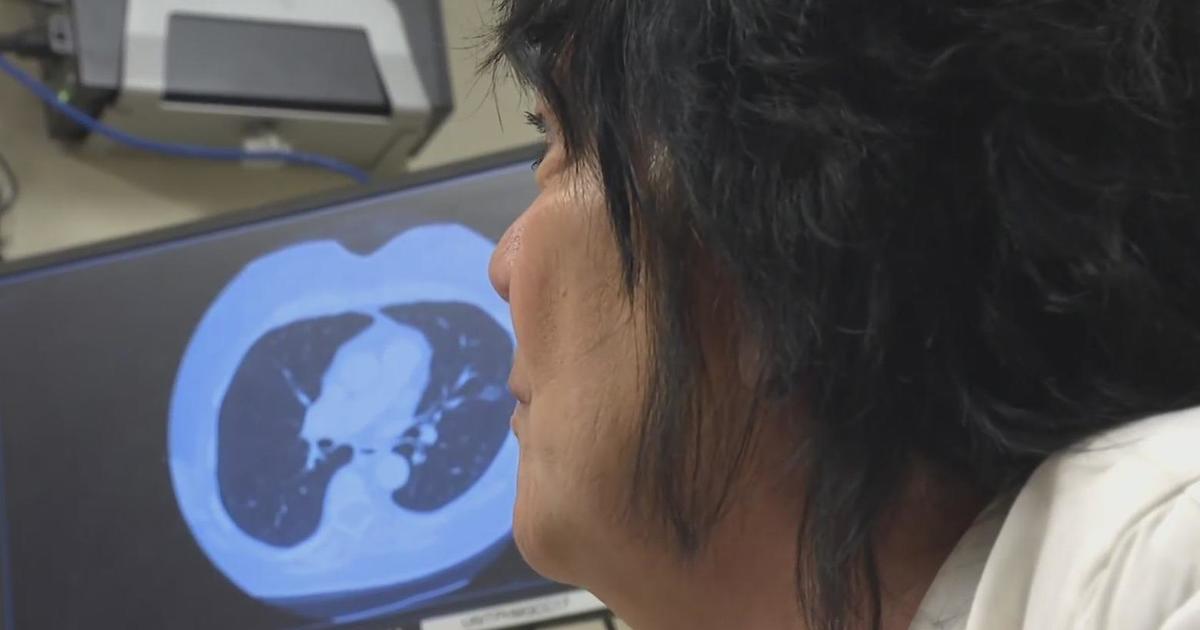Germs That Outwit Antibiotics Found In Toddlers
PITTSBURGH (KDKA) -- Before there were antibiotics, people died from infections all the time.
Even though we now have these life-saving medicines, infection-causing bacteria can sometimes still outwit these drugs, putting ourselves and our children at risk as if we didn't have antibiotics at all.
"If it doesn't work, that's a scary moment for a parent," says a mom at a local mall.
"I don't know what I would do? I mean, of course, it would be very scary," says another mom at a local playground.
"There are untreatable infections that exist at this time. That is where we live now," says Dr. Latania Logan, an infectious diseases specialist at Rush University Medical Center in Chicago.
She has been studying antibiotic resistance, a known problem in adults, but how about in children?
In Dr. Logan's lab, they're studying three kinds of bacteria most likely to have a particular type of antibiotic resistance from across the country and across pediatric age groups. Overall, the numbers are up from 1.5 to almost four percent over the past decade.
She found an increase in these bacteria in a surprising group.
"One- to 5-year-olds, over 50 percent of the children are in that age group," she says.
These bacteria acquire and share with each other bits of genetic code that deactivate even the most advanced antibiotics, rendering them useless.
"The bacteria become smarter and understand you're trying to kill them, and then they get rid of that antibiotic in the best ways they can," explains Dr. Logan.
Even if new antibiotics were developed, it might just be a temporary fix. In several years, bacteria could develop resistance to those as well.
The midsection of the country has seen the greatest increase. Pennsylvania is grouped in the northeast, where the pattern has largely been holding steady.
At Children's Hospital in Pittsburgh, resistant bacteria account for 10 percent of all the infections they see in the hospital.
"We get a lot of referral patients that are more complicated, who maybe have had more infections and seen more antibiotics, and I think those numbers can be a little bit higher. If you were to go to a community hospital and look at their numbers for kids they take, it could be much lower," says Children's Hospital of Pittsburgh infectious diseases specialist Dr. Michael Green, who is an editor of the Journal of Pediatric Infectious Diseases Society, where Dr. Logan's study appeared.
Infections with these bacteria can lead to lengthy hospital stays and even death.
Bacteria like to attach themselves to plastic, and medical tubing and devices left in place for prolonged periods can predispose to infection.
Dr. Logan's research shows these germs are still found primarily in the hospital, but they are also making their way into the community. It's something that does concern local doctors.
"I do worry a lot," says Dr. Jennifer Priess, a med/peds specialist at AGH. "Now we see, even with regular strep throat, that children require multiple courses of antibiotics, to actually treat the strep appropriately, and this has to do with this multiple resistant enzyme."
"When you recognize there may be an increase in the community, that's much more difficult to contain," worries Dr. Logan.
Dr. Logan says her work shows the urgent need to stop the unnecessary use of antibiotics. She's hoping doctors will take the lead on that by becoming much more hesitant to prescribe them.



